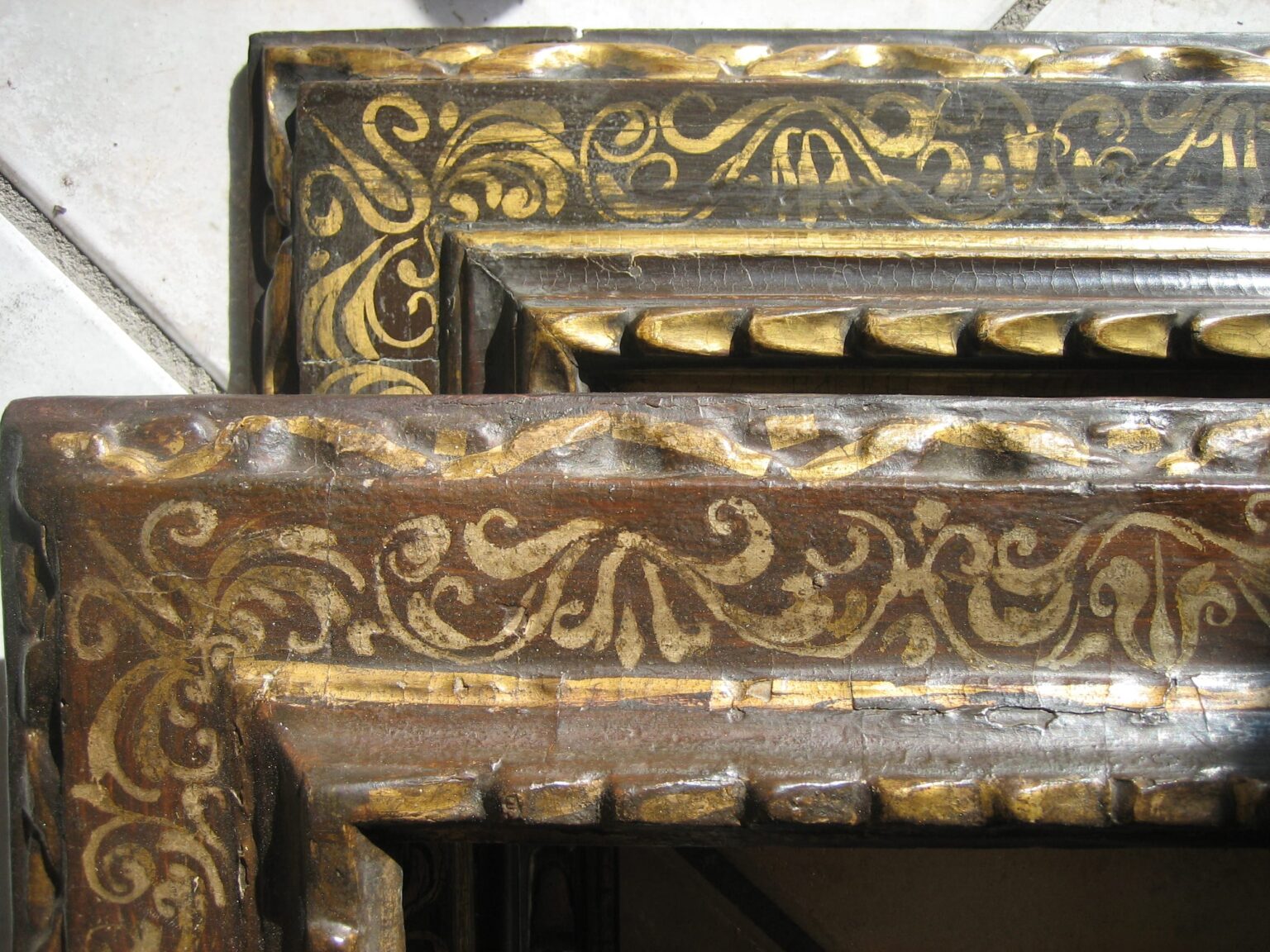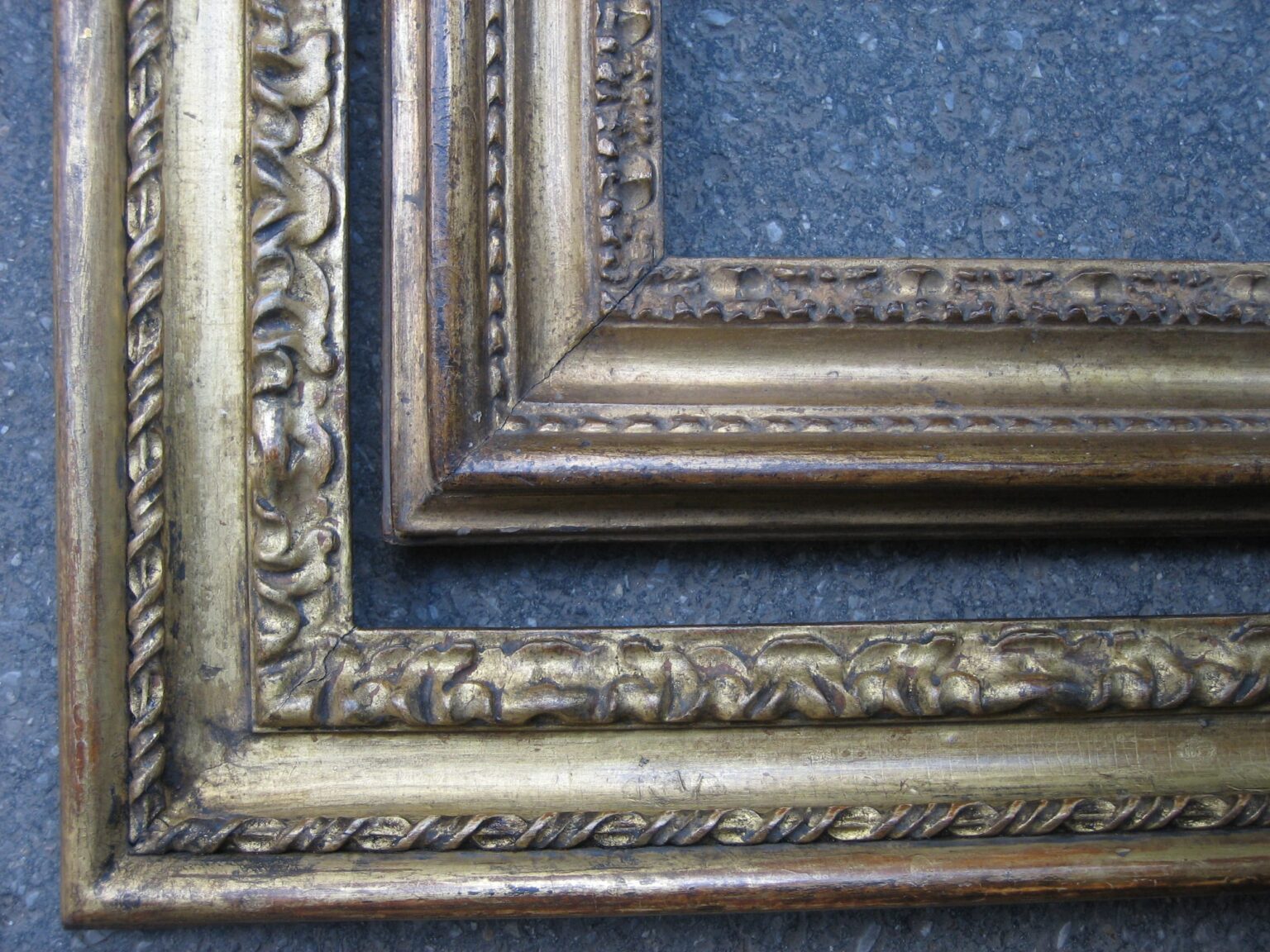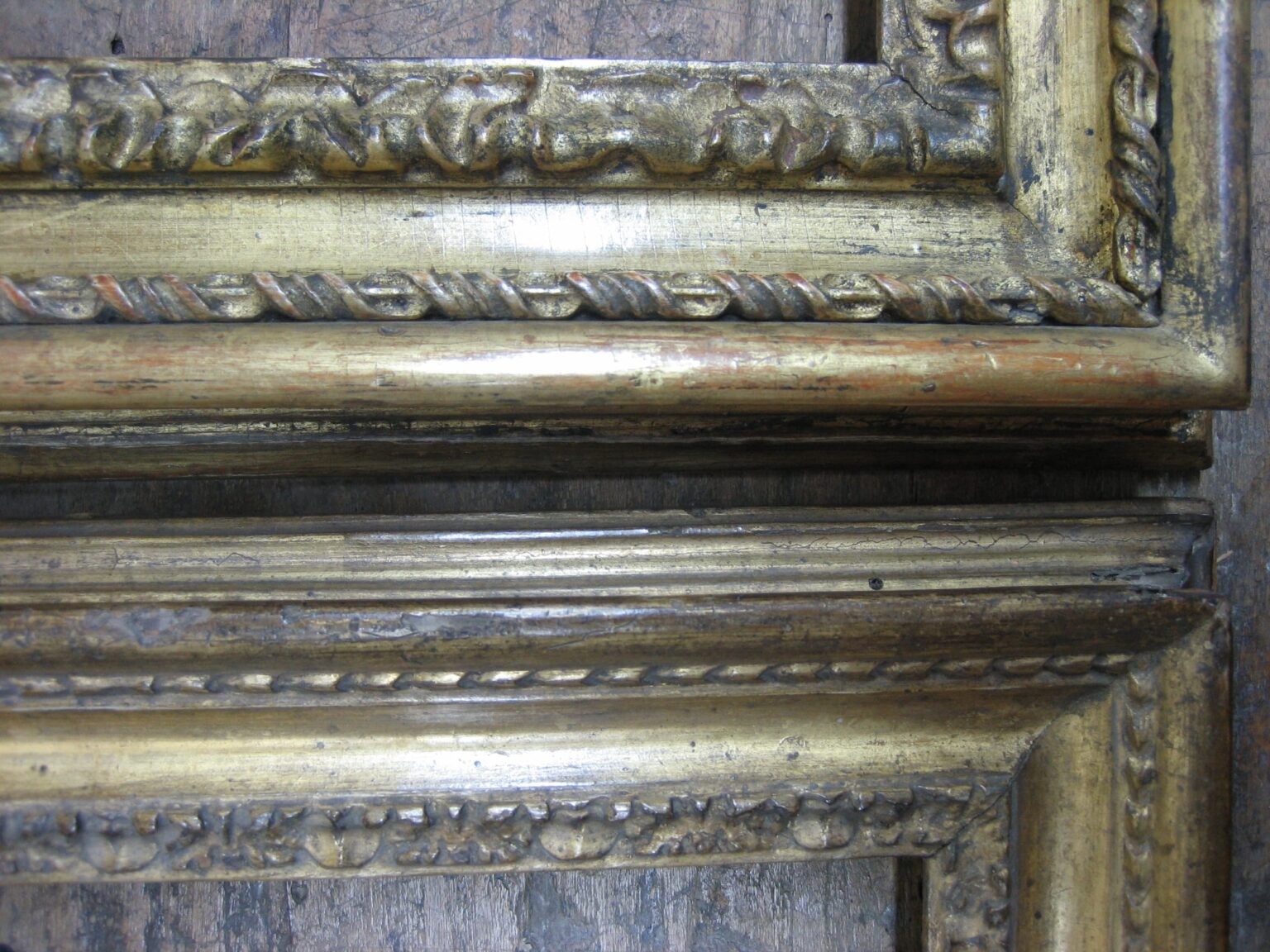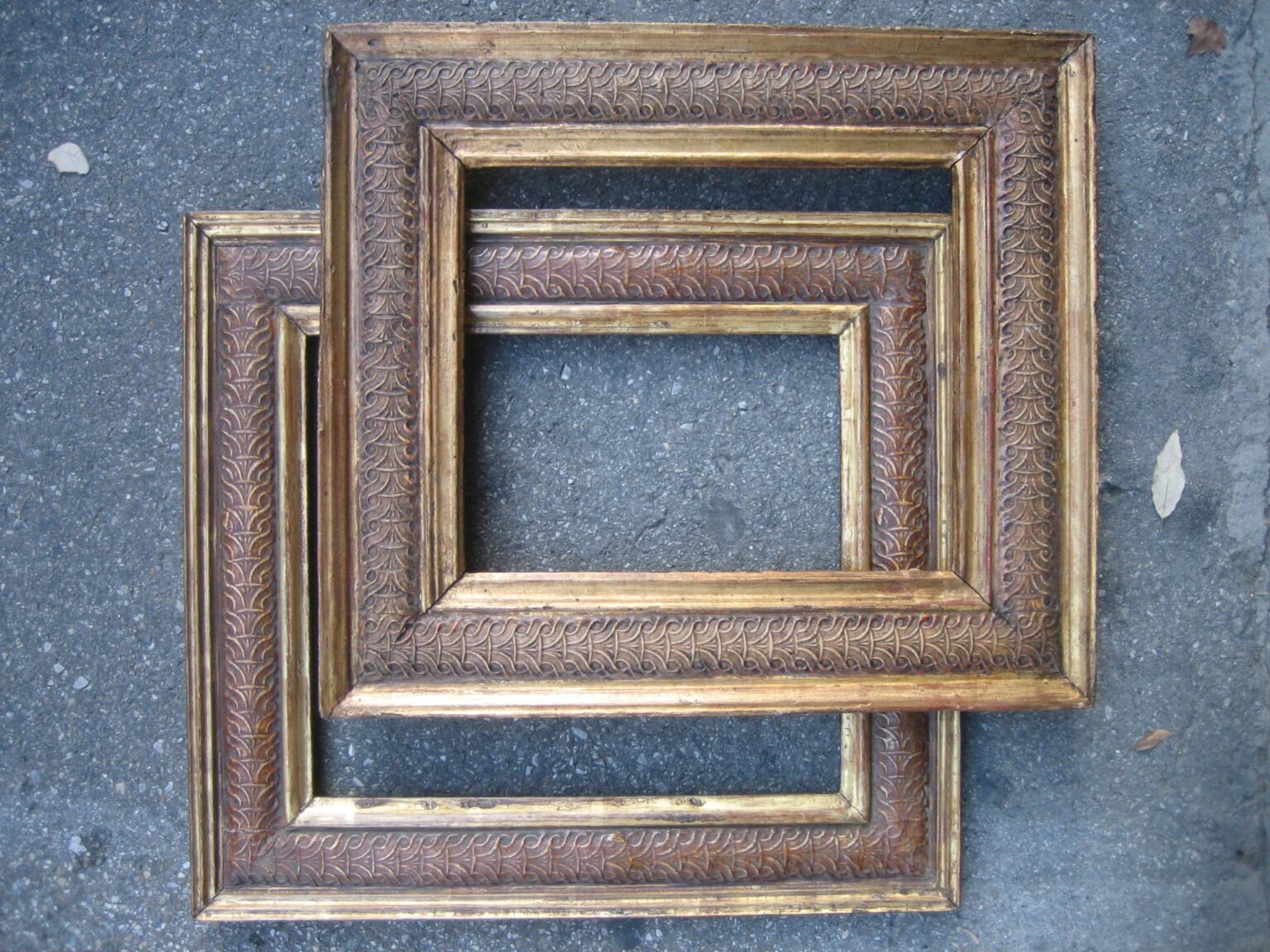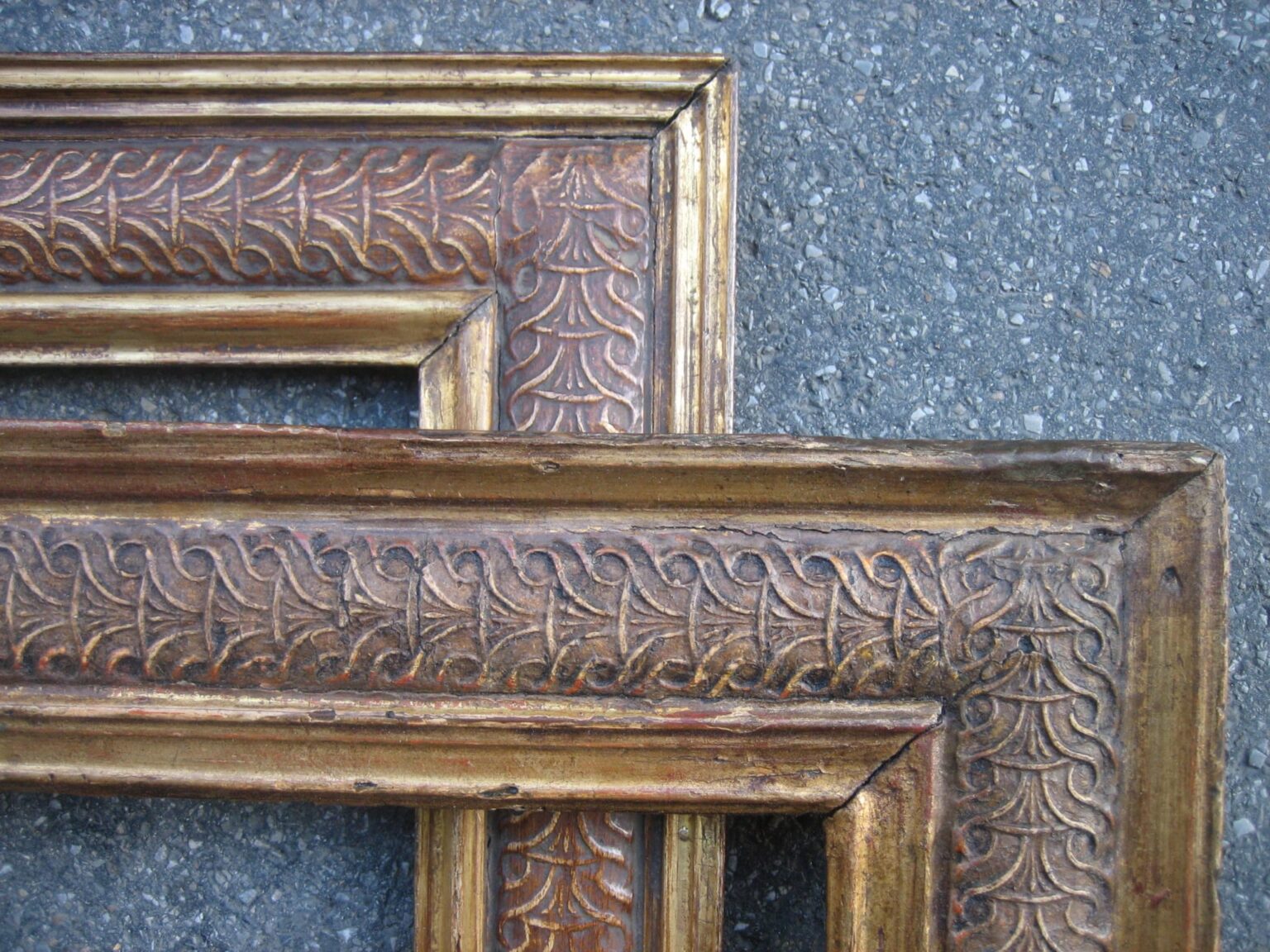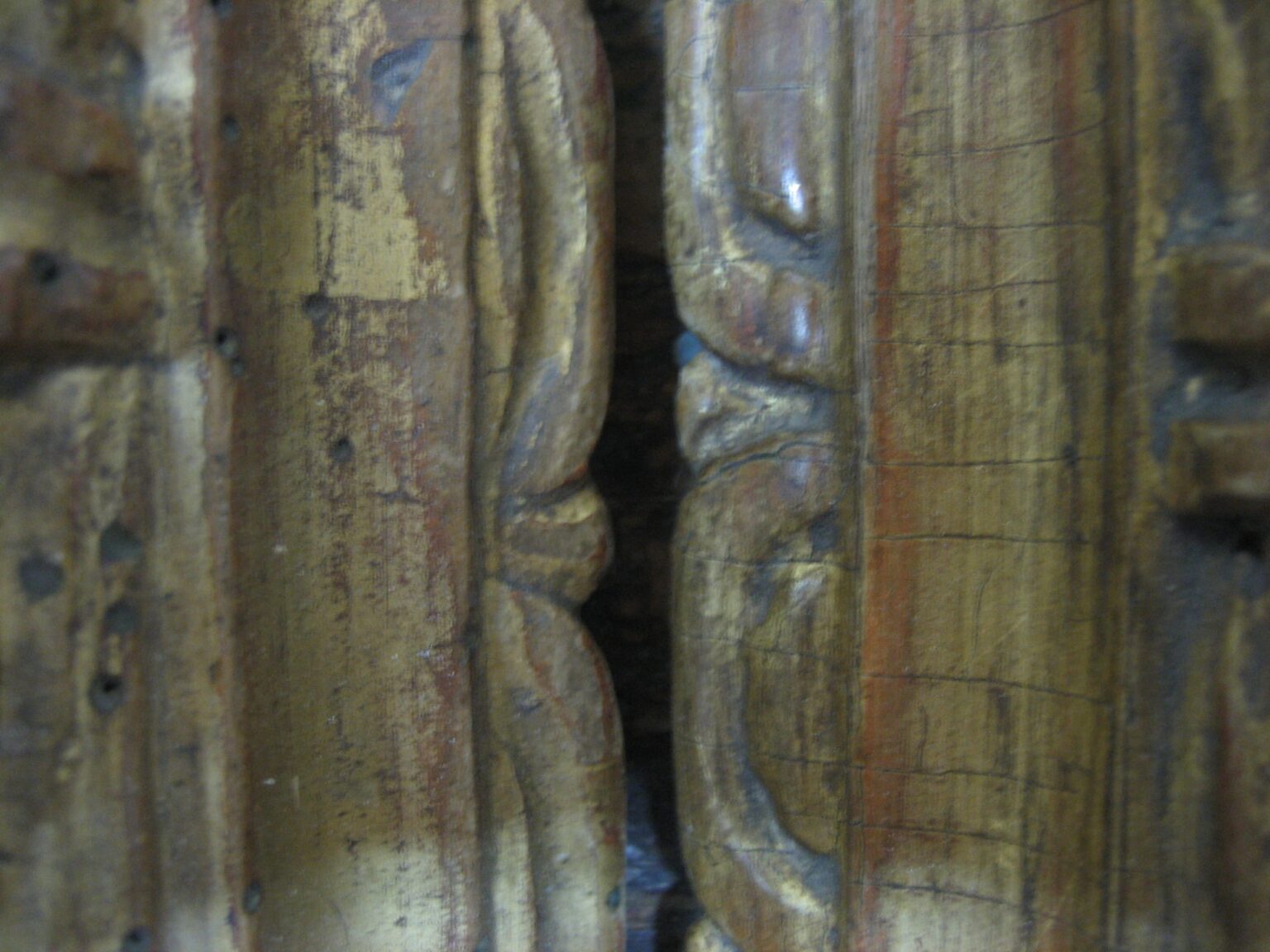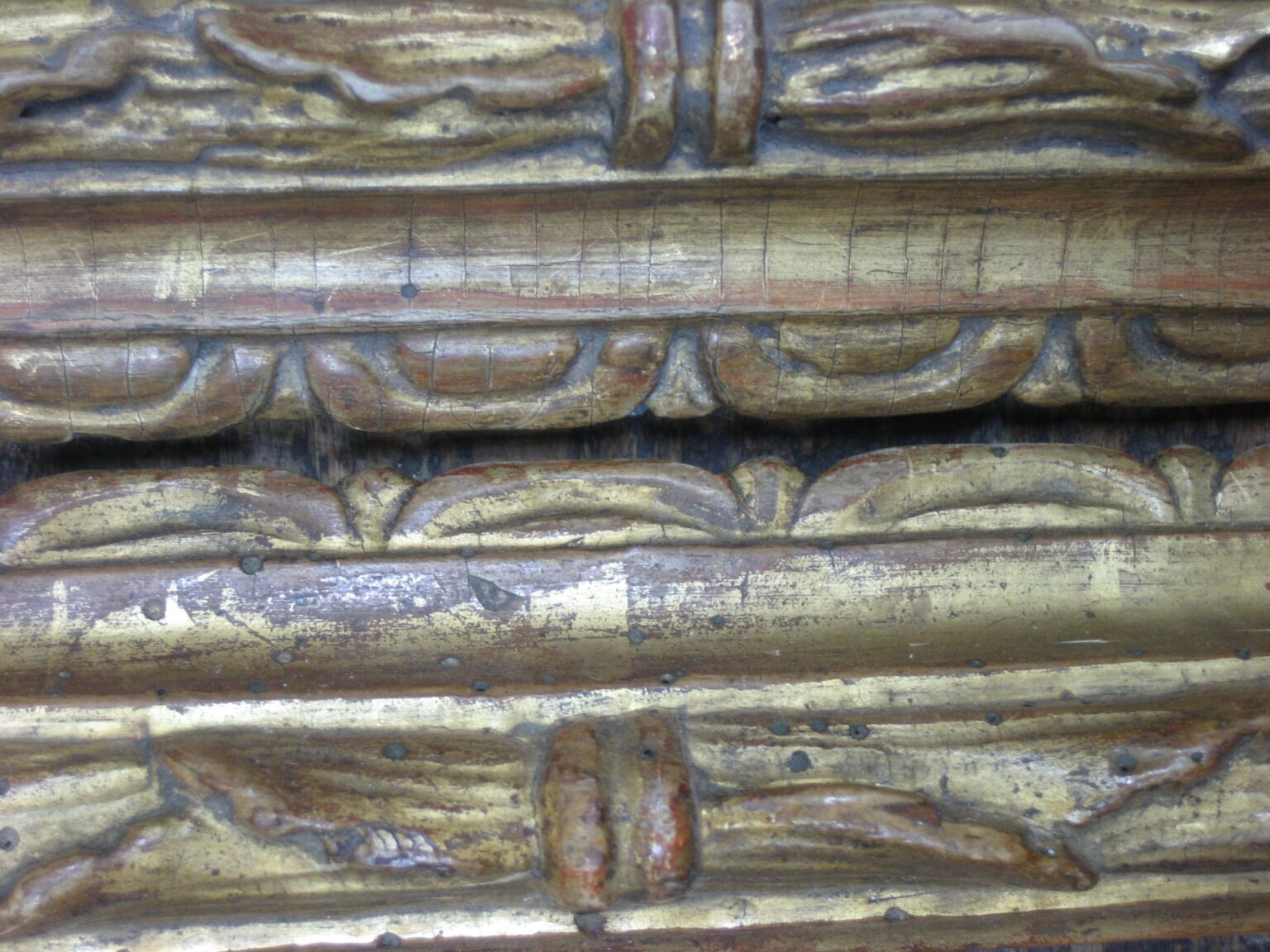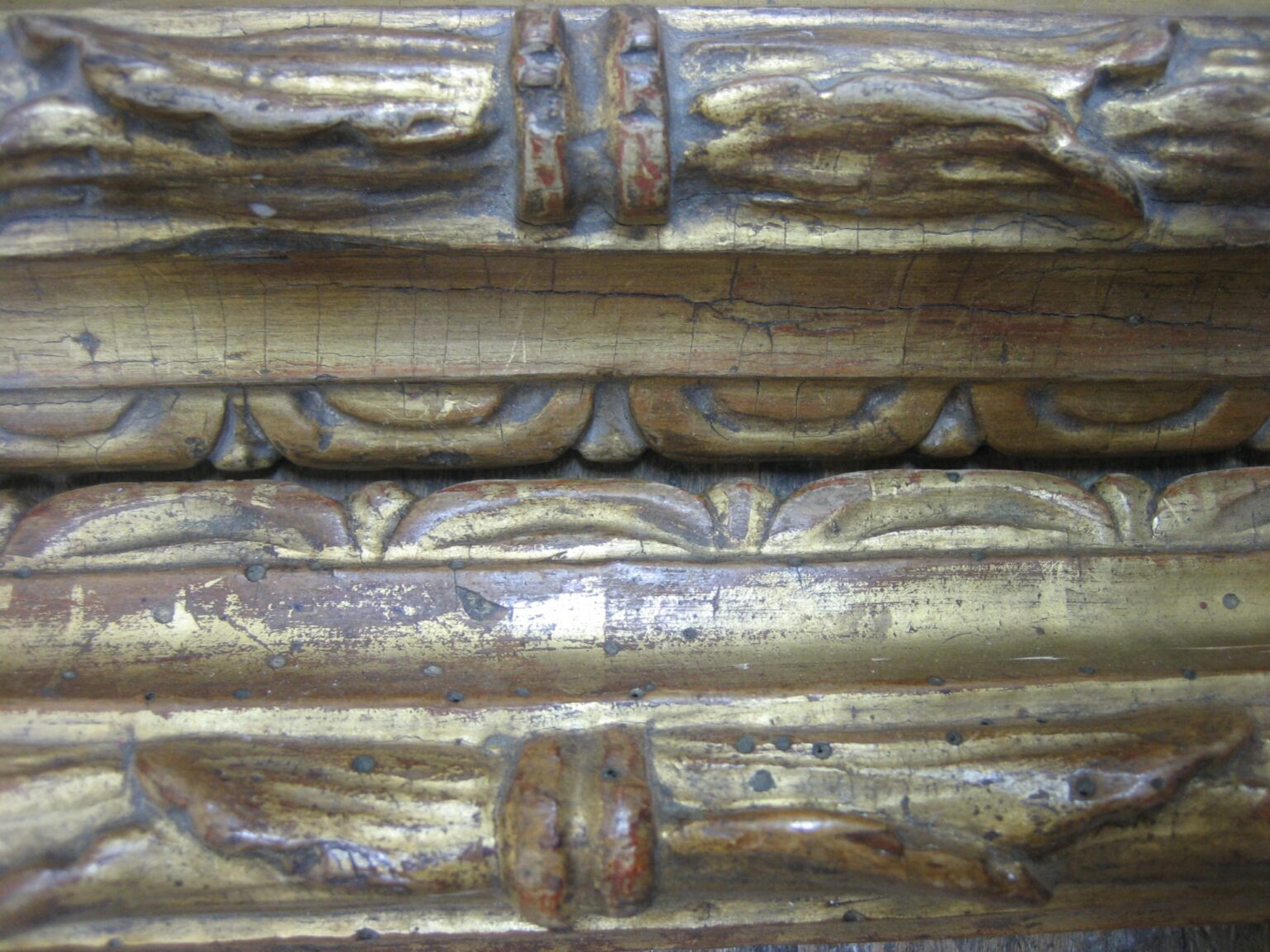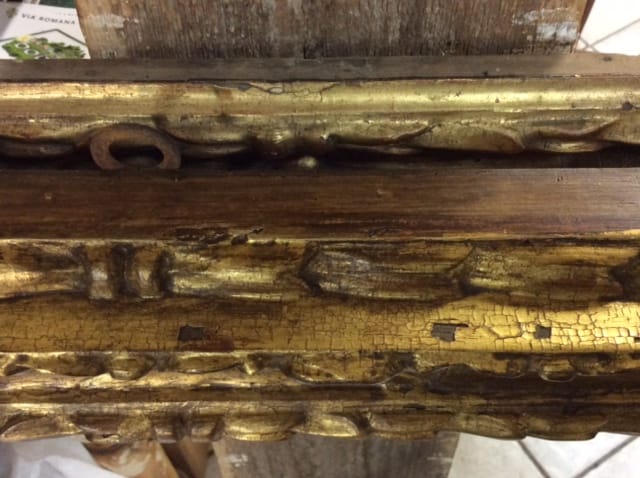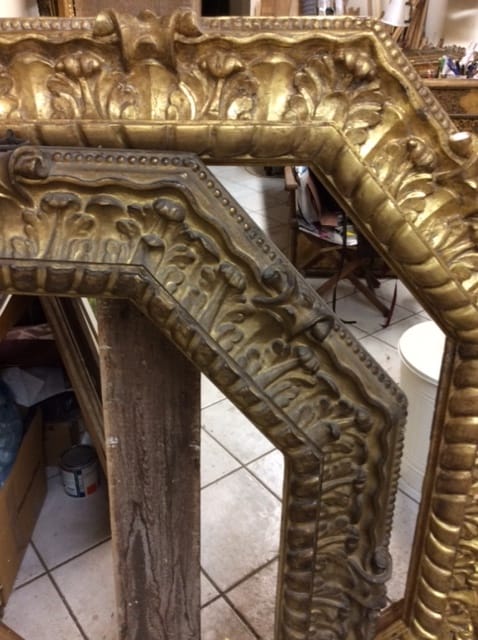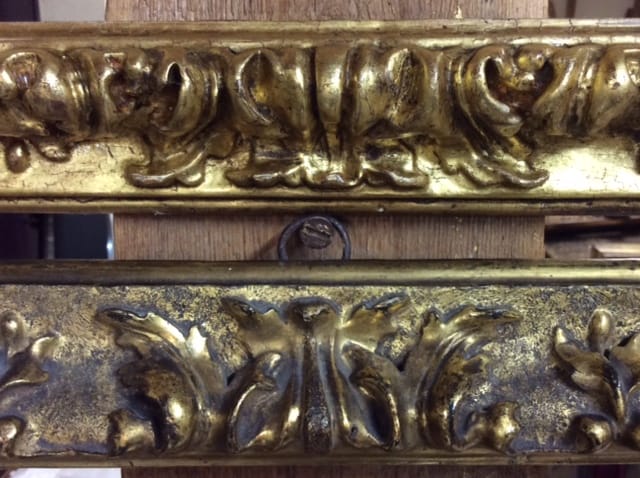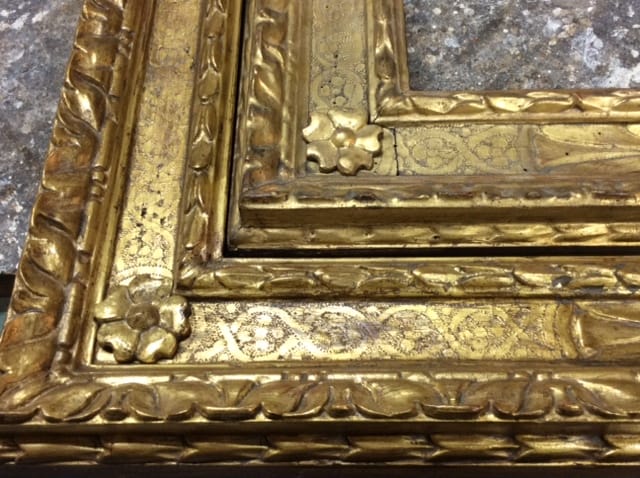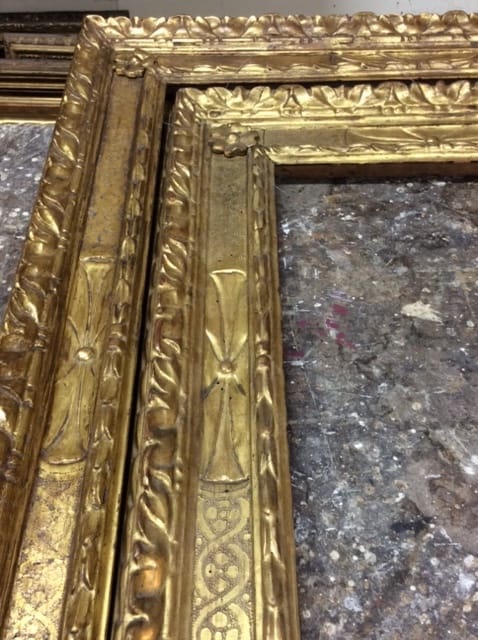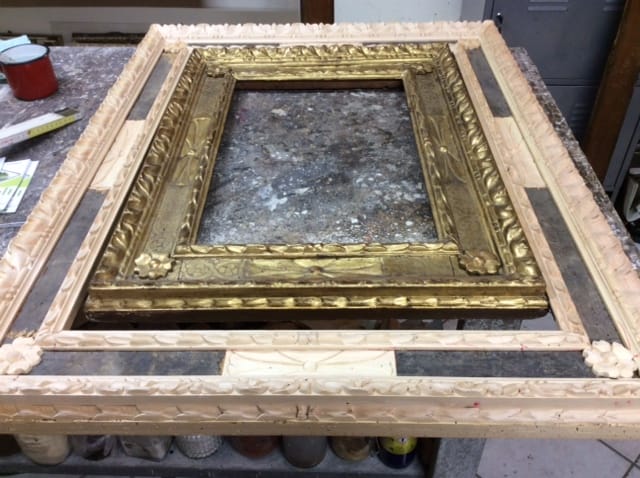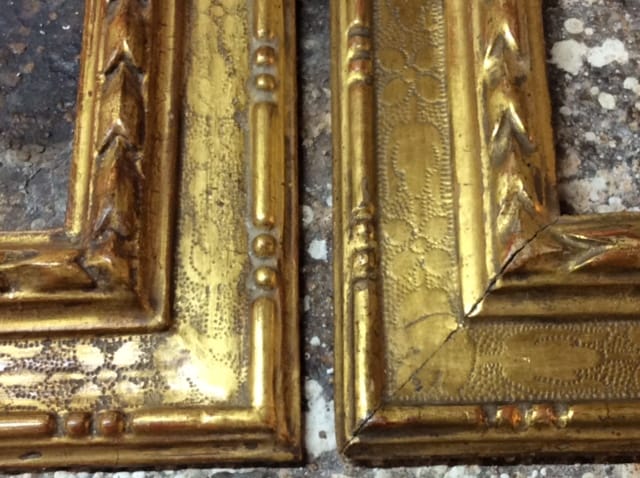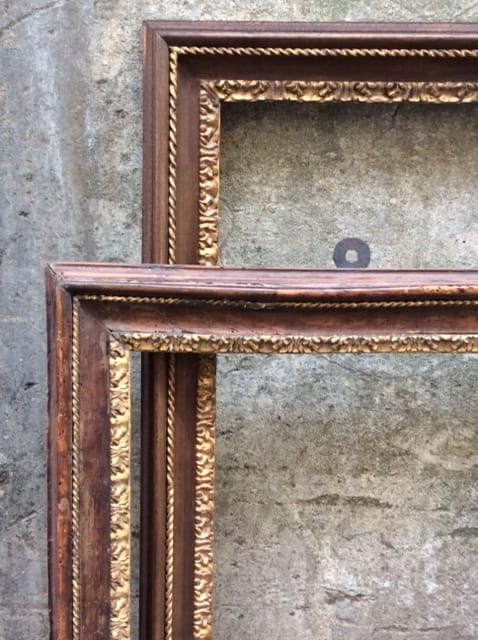An antique or modern frame
is not only a complement which enhances the beauty of the artwork contained within it,
but is also
a work of art in itself
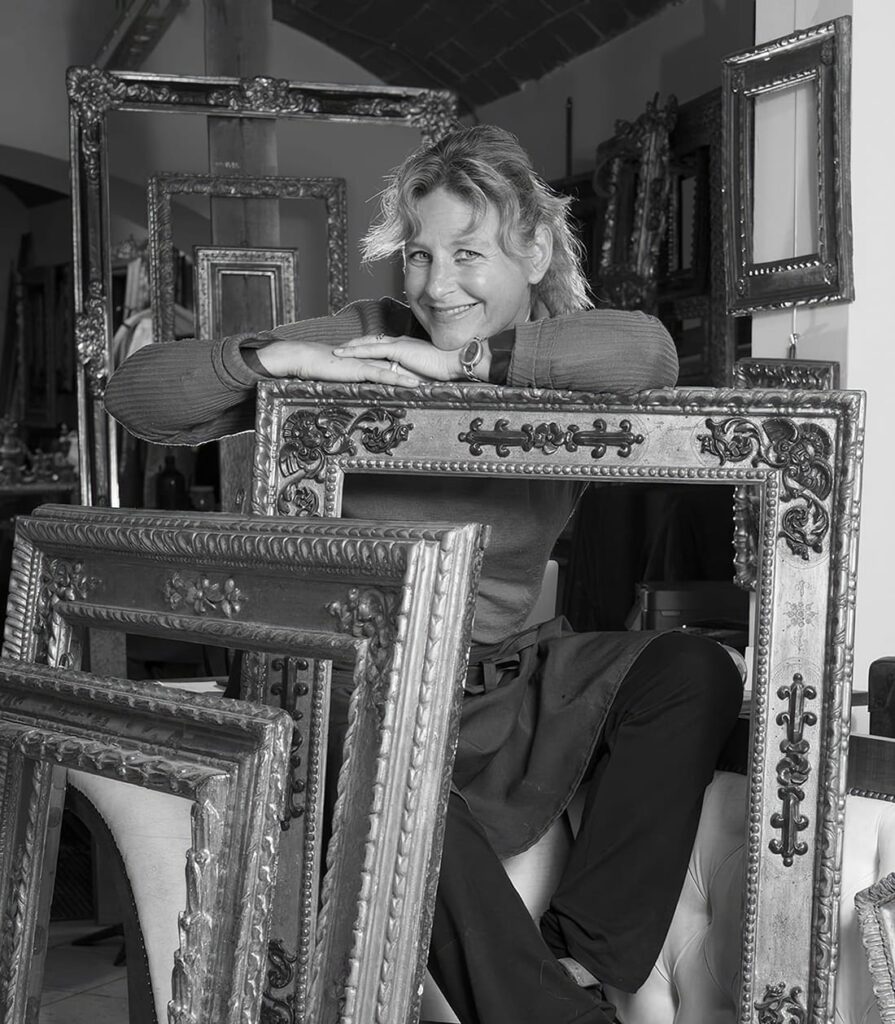
Julia Markert
My Journey in Florence
From Hamburg to the Renaissance alleyways of Florence, where art breathes in every corner, I found my artistic home. Located on Via Romana, a few steps away from Palazzo Pitti, is my atelier, where the traditions of framing and gilding come to life.
Arriving 33 years ago, right after completing my classical diploma, I embarked on a journey into art and culture. My training at the Palazzo Spinelli Academy was just the beginning. I furthered my knowledge by working in historic Florentine workshops, specializing in restoration, gilding, and decoration.
In 1994, I opened my atelier, a small green corner near the Boboli Gardens, where I began creating and restoring frames, merging my passion for art with craftsmanship precision.
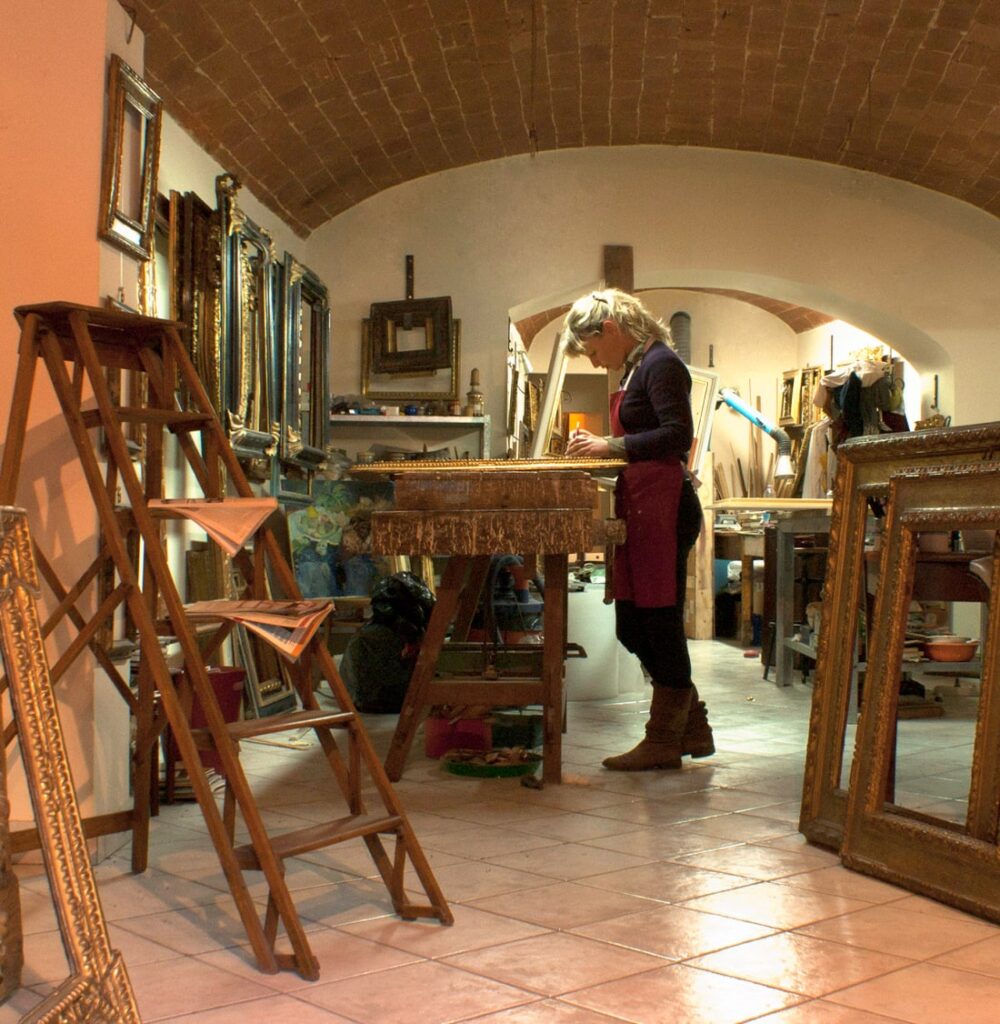
GUARDIAN of Tradition
A Renewed Artistic Heritage
Over the past 15 years, Julia Markert has become synonymous with excellence in the international art market. Antique dealers, galleries, museums, and private collectors recognize my specialization in frame reproduction.
The uniqueness of my creations stems from the use of authentic and traditional methods in material processing, a process which requires dedication and precision.
My passion goes beyond mere recovery or pairing of frames with artworks; the deeper purpose is to create perfect handmade frames which faithfully replicate every detail of antique models and, in addition to enhancing the artwork, become unique art objects themselves.
The History
OF THE FRAME
From Ancient Caves to Renaissance Halls
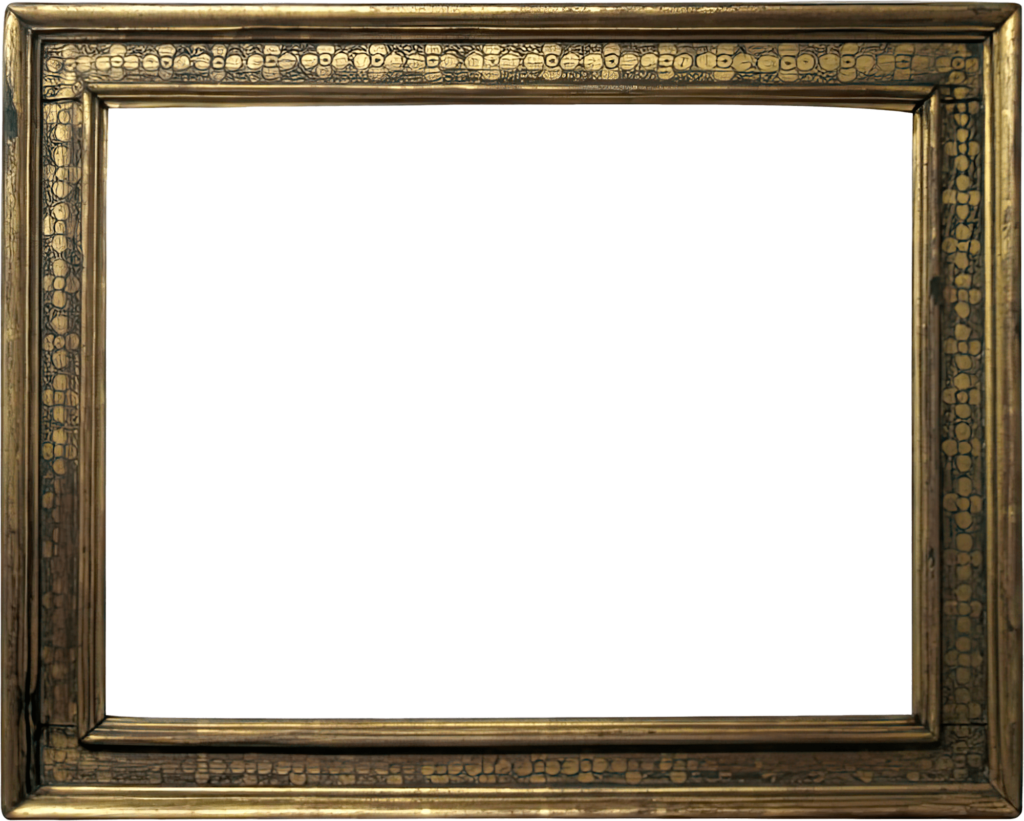
The frame, a component so intrinsic to art today, has roots which extend back through time: a fascinating journey from a mere enclosure to a fundamental artistic element.
Beginning with early artistic manifestations in prehistoric caves, the frame evolved alongside art, transitioning from a natural boundary in caves to a decorative element in medieval temples and churches.
During the Middle Ages, frames adorned altars, assuming both functional and symbolic roles. However, it was with the advent of the Renaissance that the frame began its journey towards autonomy: from a simple support, it has been transformed into an element which enriched the artwork, by adding a touch of elegance and style.
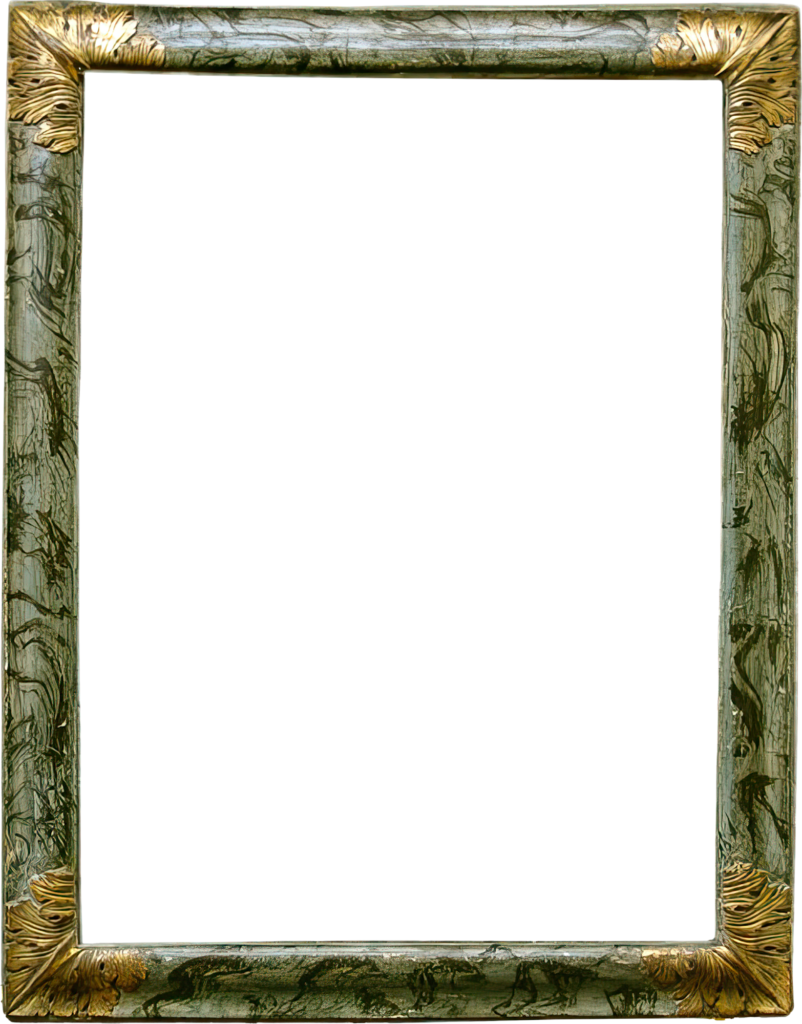
The History
OF THE FRAME
From Ancient Caves to Renaissance Halls
The frame, a component so intrinsic to art today, has roots which extend back through time: a fascinating journey from a mere enclosure to a fundamental artistic element.
Beginning with early artistic manifestations in prehistoric caves, the frame evolved alongside art, transitioning from a natural boundary in caves to a decorative element in medieval temples and churches.
During the Middle Ages, frames adorned altars, assuming both functional and symbolic roles. However, it was with the advent of the Renaissance that the frame began its journey towards autonomy: from a simple support, it has been transformed into an element which enriched the artwork, by adding a touch of elegance and style.
The Art
OF FRAMES
A Journey through Execution Techniques
The metamorphosis of frames, from simple wooden elements to refined works of art, tells a captivating story. Starting from the Gothic period, frames evolved, embellished with carvings and pastiglia, reaching the pinnacle of decoration in the 18th century with the elegant Rococo style.
Gilding, a distinctive feature of frames, underwent several evolutions, among which stands out water gilding, a noble art practiced since the 1200s to enrich both frames and paintings.
This journey through the timeline of decoration techniques reveals how frames have become much more than mere boundaries: they represent a true expression of style and era, enriching and completing the visual story told by each artwork.

